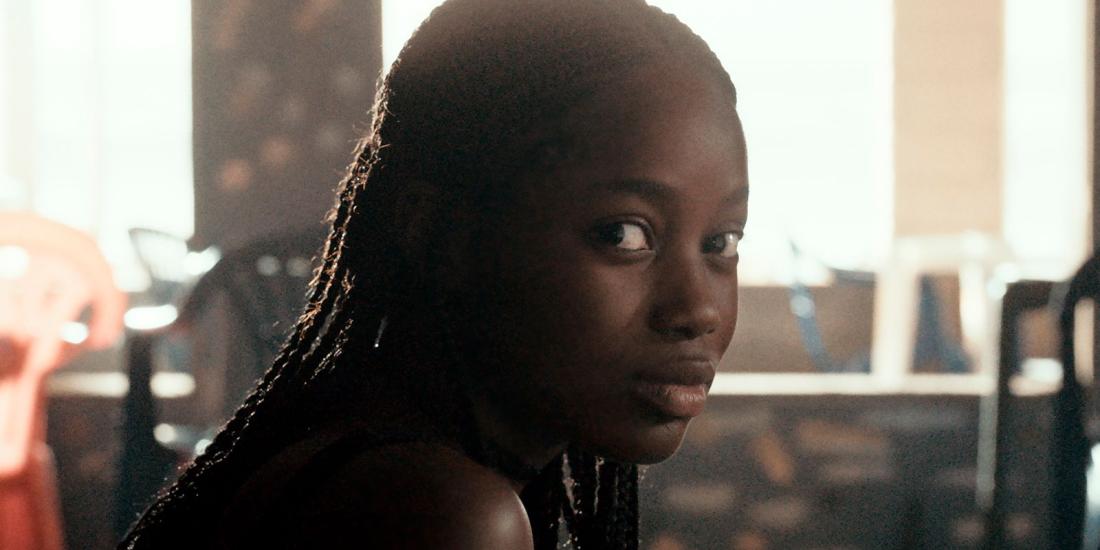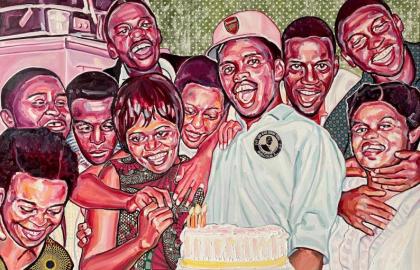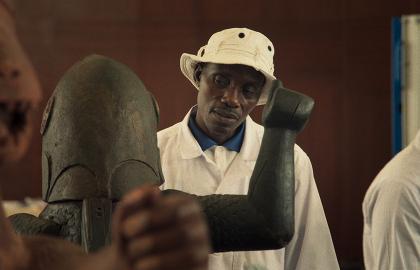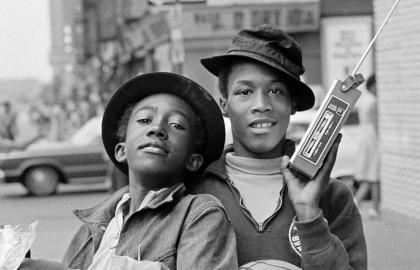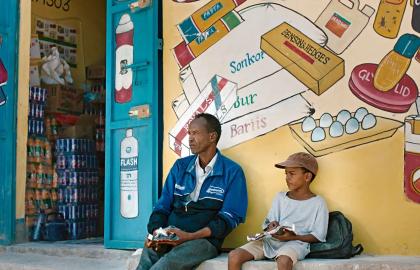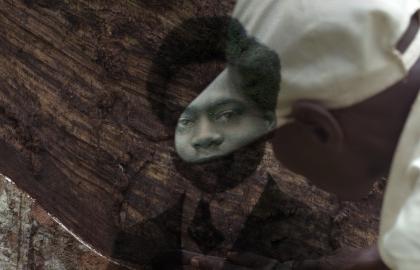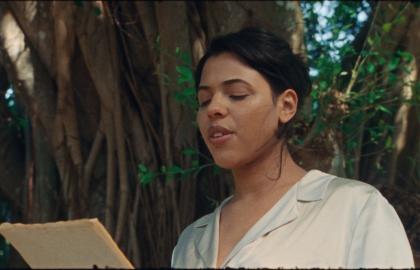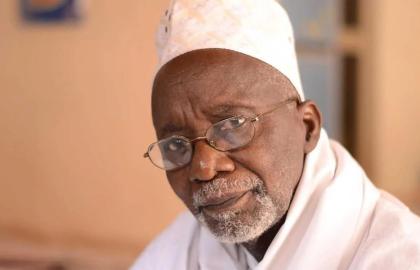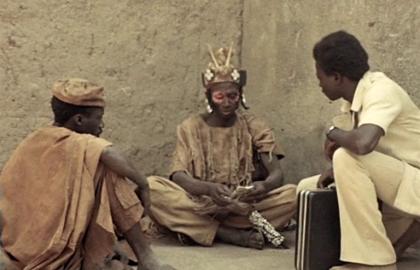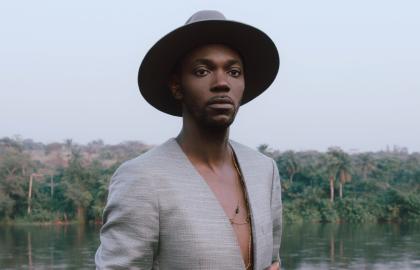A number of cinema figures from Africa and its diaspora will be featured in our spring programme, with strong contemporary works such as Mati Diop's Atlantique and Dahomey, and Raoul Peck's Ernest Cole: Lost & Found. The programme also includes films by Belgian students on black self-representation and immersive cinema, as well as titles such as MoHarawe's The Village Next to Paradise, Madeleine Hunt-Ehrlich's The Ballad of Susanne Césaire and Sammy Baloji's The Tree of Authenticity. There will also be classics such as Den Muso, Yeelen and Finyé by the recently deceased Souleymane Cissé. This great voice of cinema always sought to bring out the depths of African culture, saying: ‘Cinema that imitates American or European cinema would be pointless. We must immerse ourselves in our own sources.’
A very brief history of African cinemas
In 1934, a decree in the French colonies prohibited Africans from filming themselves without special authorisation. Cinema served as colonial propaganda, creating a stereotyped image of Africa. But little by little, the cinema became a place where people could assert other images of themselves. In 1955, Paulin Soumanou Vieyra's Afrique sur Seineinaugurated the ‘cinemas of French-speaking sub-Saharan Africa’, made in Paris due to a lack of authorisation in Senegal. The following year, the first Congress of Black Writers and Artists was held in Paris as part of the Négritude movement. After independence, cinema became a key tool for Africans and their diasporas in reclaiming their histories. Founded in 1969, the FEPACI used cinema to educate and combat dominant ideologies. Despite the difficulties of the 70s and 80s, the 90s saw the emergence of Nollywood in Nigeria, a low-cost cinema offering wider access to African film culture. Generally speaking, however, the historiography of African cinemas remains poorly documented, and notions such as authenticity, identity and territoriality limit it to a homogeneous cinema that is in fact diverse and universal, shaped by migration – voluntary or forced – and a constantly evolving identity.
Resisting stereotypes and exploring identity
These films, to be discovered at Bozar, invite us to rethink the role of audiovisual media in the construction of identity. By pushing back the boundaries of narrative, these artists show us that the stories of Africa and its diaspora are neither fixed nor univocal. In Dahomey, Mati Diop documents the restitution of the royal treasures stolen by France, involving Beninese civil society, especially students, so that they can reappropriate this history and see it from an African perspective. Raoul Peck, using photographic archives in Ernest Cole: Lost & Found, examines the legacy of apartheid and its impact on South Africa. In keeping with her desire to shed light on invisible aspects of the history of black women, Madeleine Hunt-Ehrlich examines the figure of Suzanne Césaire, an unjustly overlooked activist, writer and intellectual. As for Sammy Baloji, in The Tree of Authenticity, he delves into the colonial and post-colonial history of the Democratic Republic of Congo, bringing together the intimate and the scientific to understand the legacy of Belgian colonisation while echoing ecological issues.
Self-representation of multiple realities
At the Afropolitan Festival in March, Bozar screened several films by visionary filmmaker Mwezé Ngangura, including Pièces d'identités. Commenting on the film, he said: ‘RTBF invited me to talk about the film, and the presenter told me that I was presenting an image of Belgians that wasn't entirely accurate. I told her it was only fair, because the image that Europeans had conveyed of Africans up until then wasn't entirely accurate either.’ This idea of rewriting narratives in defiance of stereotypes resonates deeply with Souleymane Cissé, who said: ‘The first task of African film-makers is to affirm that the people here are human beings, and to make known those of our values that could be useful to others. The generation that follows us will open up to other aspects of cinema. Our duty is to make people understand that white people have lied through their images.’
Mo Harawe's The Village Next to Paradise, often billed as ‘the first Somali film to be shown at Cannes’, goes beyond this label to establish itself as a personal exploration of the director's link with Somalia, his country of origin. ‘Above all, I'd like them to leave the cinema with their hearts full of love and to remember the eyes, the faces, the feet, the smiles, the gestures, the people, the animals and the landscape,’ he said when his film was presented at Cannes. And again, ‘Looking back, I think, among other reasons, that I wanted to know myself better by making a film about Somalia, the country where I was born and grew up.’ Which is reminiscent of Souleyman Cissé when he says of the making of Yeleen: ‘The first time I saw the cliffs of Bandiagara, I swear, I cried.’
We are confident that these films, with their emotion, intensity, and power to reveal, will resonate with each and every one of you. We wish you a rewarding cinematic experience full of discoveries.
